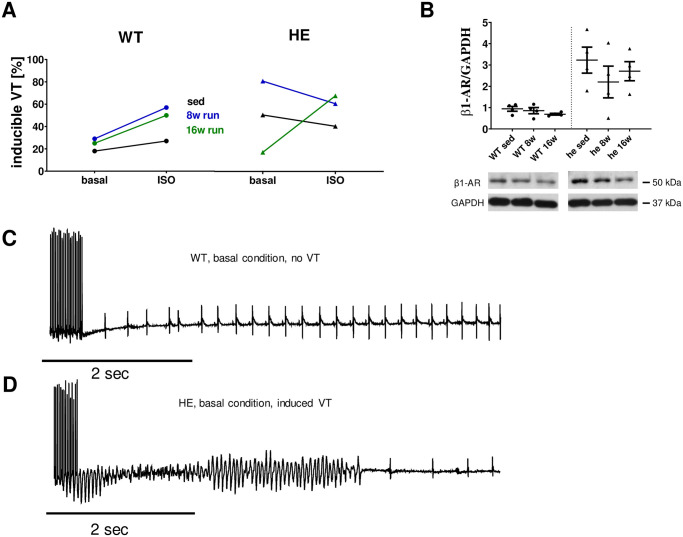Fig 2. Electrophysiological in vivo study of mice after long-term training.
(A) The electrophysiological study revealed that long-term training in mice did not cause an increased vulnerability in wt mice under basal conditions (18% in sedentary animals, n = 11 vs. 29% after 8 weeks, n = 7 and 25% after 16 weeks of running, n = 4). An additional ISO challenge did cause a slightly increased occurrence of arrhythmia in sedentary mice from 18% at basal conditions to 27% under ISO, which was increased to 57% under ISO after 8 weeks of training. This vulnerability was reduced after 16 weeks of training to 50%. The heterozygous animals showed increased occurrence of arrhythmia under basal conditions in sedentary mice of 50% (n = 10), which even increased after 8 weeks of training (80%; n = 5), but was reduced to only 17% after 16 weeks of training (n = 6). Interestingly the additional ISO challenge did not cause an increase of arrhythmia in heterozygous animals at rest or after 16 weeks of training. After 8 weeks of training the rate of arrhythmia observed dropped slightly. B Protein expression levels of β1-adrenergic receptor in cardiac tissue of wt mice was unaffected by voluntary running but was significantly lower compared to PKP2+/- mice (0.942 ± 0.113 vs. 3.229 ± 0.609, respectively; p = 0.0181). C representative traces from wt sedentary mice under basal conditions without arrhythmia and D from PKP2+/- sedentary mice under basal conditions displaying arrhythmia after burst stimulation.

